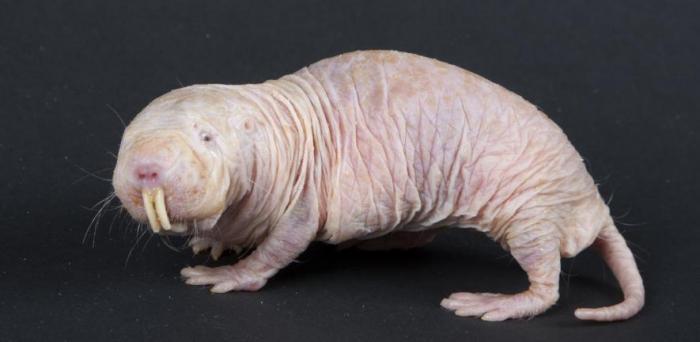Understanding how these remarkable animals are almost completely immune to cancer could improve our understanding of the early stages of the disease in people and lead to new ways to prevent or better treat it.
Until now, it was thought that naked mole-rats almost never got cancer because their healthy cells were resistant to being converted into cancer cells. However, researchers at the University of Cambridge have shown for the first time that genes known to cause cancer in cells of other rodents can also lead naked mole-rat cells to become cancerous. The results are published in the journal Nature.
This finding suggests that what sets naked mole-rats apart is the microenvironment - the complex system of cells and molecules surrounding a cell, including the immune system. The researchers believe interactions with this microenvironment are what stops the initial stages of cancer from developing into tumours, rather than a cancer resistance mechanism within healthy cells as previously thought.
Dr Walid Khaled, one of the senior authors of the study from the University of Cambridge's Department of Pharmacology, said: “The results were a surprise to us and have completely transformed our understanding of cancer resistance in naked mole-rats. If we can understand what’s special about these animals’ immune systems and how they protect them from cancer, we may be able to develop interventions to prevent the disease in people.”
Naked mole-rats (Heterocephalus glaber) are burrowing rodents native to East Africa. They can live for up to 37 years and are highly cancer resistant, with only a few cases ever observed in captive animals. Other unusual traits that have made them of interest to science include being the only cold-blooded mammal, lacking pain sensitivity to chemical stimuli in their skin and being able to withstand very low levels of oxygen (hypoxia).
Image: Naked mole rat
Credit: Meghan Murphy, Smithsonian’s National Zoo, on Flickr
Reproduced courtesy of the University of Cambridge
